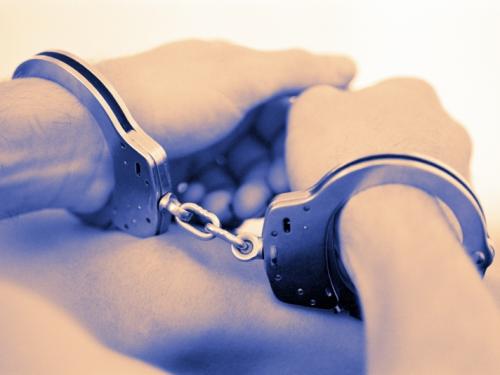eDiscovery Daily Blog
eDiscovery Trends: DOJ Criminal Attorneys Now Have Their Own eDiscovery Protocols

Criminal attorneys, are you discouraged that there is a lack of eDiscovery rules and guidelines for criminal cases? If you work for the Department of Justice or other related law enforcement agencies, cheer up!
As noted in the Law Technology News article, DOJ Lays Down the Law on Criminal E-Discovery Protocols, written by Evan Koblentz, the government's Joint Electronic Technology Working Group (JETWG), led by the DOJ, unveiled its best practices guide for eDiscovery at a federal software summit in Washington on February 10. The 21 page document, “intended for cases where the volume and/or nature of the ESI produced as discovery significantly increases the complexity of the case”, primarily consists of three sections:
- Recommendations for ESI Discovery in Federal Criminal Cases: Provides a general framework for managing ESI, including planning, production, transmission, dispute resolution, and security;
- Strategies and Commentary on ESI Discovery in Federal Criminal Cases: Provide more detailed guidance for implementing the recommendations – this section will evolve to reflect experiences in actual cases; and
- ESI Discovery Checklist: One page checklist for addressing ESI production issues.
While the one page checklist has several items that would apply to any case, there are some items specific to criminal cases that would make it a handy reference for conducting eDiscovery on those cases. The three sections are based on ten basic principles, which should have familiarity to those who have been dealing with eDiscovery in civil cases. They are as follows:
- Lawyers have a responsibility to have an adequate understanding of electronic discovery.
- In the process of planning, producing, and resolving disputes about ESI discovery, the parties should include individuals with sufficient technical knowledge and experience regarding ESI.
- At the outset of a case, the parties should meet and confer about the nature, volume, and mechanics of producing ESI discovery. Where the ESI discovery is particularly complex or produced on a rolling basis, an on-going dialogue may be helpful.
- The parties should discuss what formats of production are possible and appropriate, and what formats can be generated. Any format selected for producing discovery should maintain the ESI’s integrity, allow for reasonable usability, reasonably limit costs, and, if possible, conform to industry standards for the format.
- When producing ESI discovery, a party should not be required to take on substantial additional processing or format conversion costs and burdens beyond what the party has already done or would do for its own case preparation or discovery production.
- Following the meet and confer, the parties should notify the court of ESI discovery production issues or problems that they reasonably anticipate will significantly affect the handling of the case.
- The parties should discuss ESI discovery transmission methods and media that promote efficiency, security, and reduced costs. The producing party should provide a general description and maintain a record of what was transmitted.
- In multi-defendant cases, the defendants should authorize one or more counsel to act as the discovery coordinator(s) or seek appointment of a Coordinating Discovery Attorney.
- The parties should make good faith efforts to discuss and resolve disputes over ESI discovery, involving those with the requisite technical knowledge when necessary, and they should consult with a supervisor, or obtain supervisory authorization, before seeking judicial resolution of an ESI discovery dispute or alleging misconduct, abuse, or neglect concerning the production of ESI.
- All parties should limit dissemination of ESI discovery to members of their litigation team who need and are approved for access, and they should also take reasonable and appropriate measures to secure ESI discovery against unauthorized access or disclosure.
Evan’s article provides comments from Andrew Goldsmith, the national criminal eDiscovery coordinator, regarding the efforts and intent of the document and training program for DOJ attorneys and other law enforcement personnel, as well as efforts of the department to determine how to apply commercial, civil litigation oriented, eDiscovery software to criminal cases. It’s a good read and the guidelines look promising as a resource for criminal attorneys to manage eDiscovery in those cases.
So, what do you think? Do these guidelines show promise for eDiscovery in criminal cases? Please share any comments you might have or if you’d like to know more about a particular topic.
Disclaimer: The views represented herein are exclusively the views of the author, and do not necessarily represent the views held by CloudNine Discovery. eDiscoveryDaily is made available by CloudNine Discovery solely for educational purposes to provide general information about general eDiscovery principles and not to provide specific legal advice applicable to any particular circumstance. eDiscoveryDaily should not be used as a substitute for competent legal advice from a lawyer you have retained and who has agreed to represent you.
